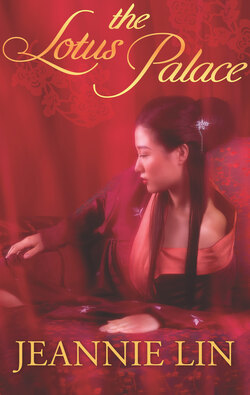Читать книгу The Lotus Palace - Jeannie Lin - Страница 6
ОглавлениеDear Reader,
I first fell in love with the colorful culture of the infamous Pingkang li, also known as the North Hamlet, while writing the novella Capturing the Silken Thief. This entertainment district has a unique place in history, bringing about a literary culture that revolved around the specially trained women who served as companions, hostesses and fellow poets to the scholars and officials who frequented the quarter for business and pleasure. To simply call them “prostitutes” would be incorrect. To call them “courtesans” seems insufficient. The Western world occasionally refers to them as “Chinese geisha,” a term that ignores the fact that China developed a rich and distinctive courtesan culture that predated the geisha culture in Japan. Chinese scholars have written numerous lines of poetry attempting to capture the complicated and multilayered nature of these clever, talented, elegant and fiery women.
At the same time, the Pingkang li was a place of contradictions. While scholar-gentlemen professed to be enthralled by the courtesans, ultimately these women were slaves. Despite their elevated status and illusion of independence, they were bought and sold as commodities.
The Lotus Palace explores the juxtaposition of this intricate social dance and the art of love versus the challenges of finding true romantic fulfillment. There is a reason so many classic Chinese love stories end in tragedy!
The Pingkang li, with its dual persona of sensual decadence and refinement, became the perfect place for me to explore the many roles that women took on in society, to investigate a murder most foul and to find true love.
To find out more about the drama and romance of ancient China, you can find me online at www.jeannielin.com. I love hearing from readers!
Sincerely,
Jeannie Lin
